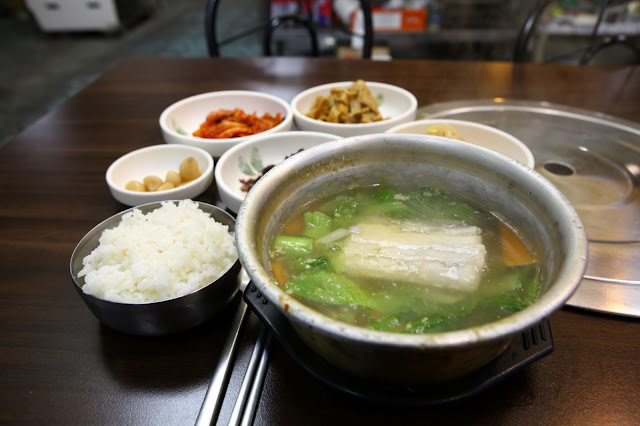This 33-story office is located near the Jonggak Metro Station and famous ancient Bosin-gak bell at Jongno, Seoul. Designed by Rafael Viñoly Architects, this building was built in 1999 with the height of 132m. The uniqueness of Jongno Tower is its floating oval area above seven stories of empty spaces with an impressive city views restaurants on the top floor. How the New York based firm Rafael Viñoly Architects got the project by winning a contest held in 1994 to redesign and finish pre-existing 17 stories of steel frame and concrete floor slabs. Jongro Tower received a gold award for Architectural design by the Seoul metropolitan city back in 2000.
What makes the building more unique it has the largest Starbucks store sits between two of the Tower’s floors covering over 1,000 square meters (11,000 square feet). This is the place where all walks of life regardless of generation and interest gather to dine, shop, work and chill. The Starbucks Jongno Tower outlet features a ‘Grand Bar’ bar on the second floor thus making it the largest stand-alone bar in South Korea.
You can get to Jongno Tower by subway train, just take the Line 1 and exit Jonggak Station. What are you waiting for, hop on the train and let’s head to Jongno Tower.
Top Cloud Restaurant
1-1
Jongno2-ga
110-789,
Seoul
South Korea
Phone :
02-2230–3000
Website :
www.topcloud.co.kr
Opening Hours
Mon – Sun :
12.00pm – 2.30pm, 6.00pm – 10.00pm
Buffet
12.00pm –
2.00pm, 6.00pm – 8.30pm
Live Jazz
Sun – Fri :
7.00pm – 11.00pm
Sat : 6.00pm
– 10.00pm
Buffet (10% VAT excluded)
Lunch : Adult
₩35,000, Child ₩24,000
#ImagineYourKorea #KTOSuperstarFriends





















